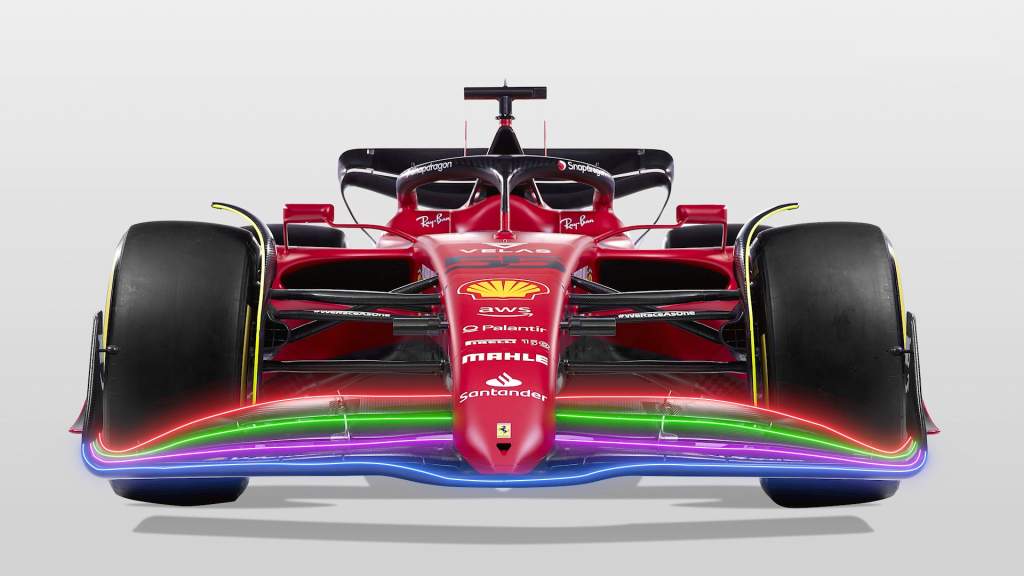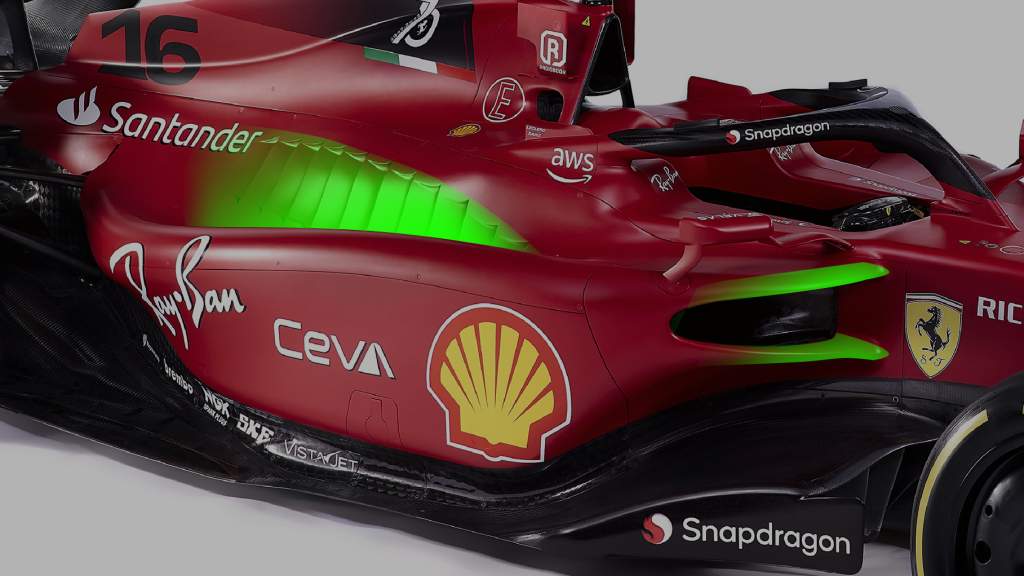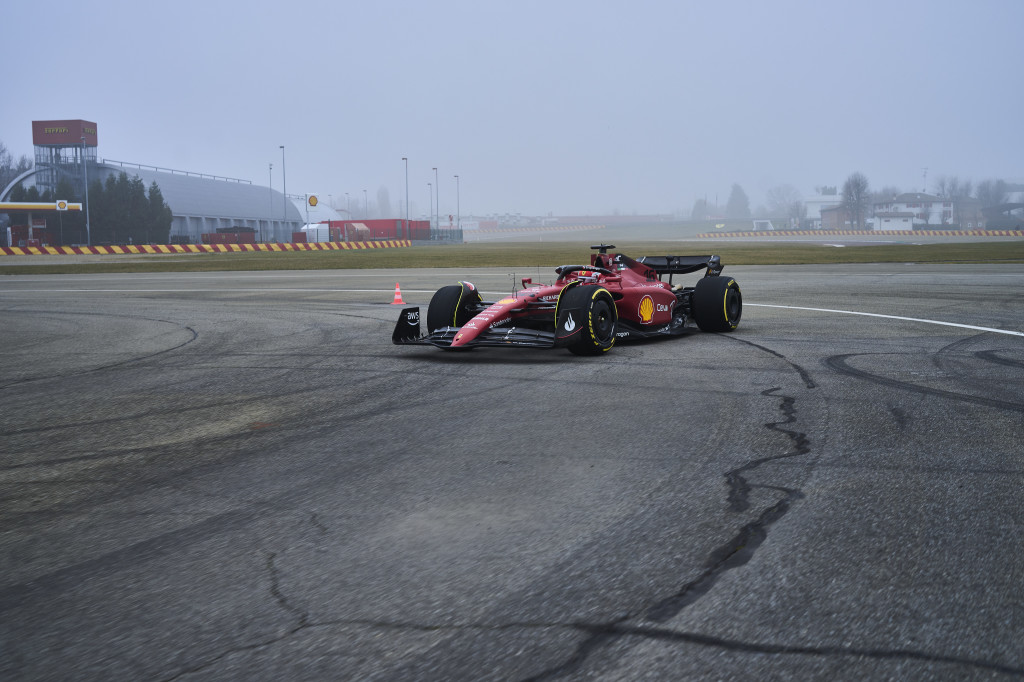Up Next

Ferrari made several unconventional choices with the design of its Formula 1 car but has the flexibility to adopt rivals’ ideas if needed, says team boss Mattia Binotto.
The Ferrari F1-75 has a unique take on the sidepod design permitted by the new technical regulations, and has also gone in a different direction with the shape of its front wing elements.

Its approach to F1’s overhauled aerodynamic rules is a clear departure from other teams even though there is quite a lot of variety across the cars revealed so far.
Ferrari team principal Binotto said it was obvious the F1-75 has many “non-conventional choices in terms of aero shapes” and while he is confident his personnel have made the correct choices, he says there is scope to adopt other concepts if necessary.
“Each single team has got flexibility in terms of design,” said Binotto.
“And what we will do certainly at the start of the season is look at the other cars, see the concepts they have decided and adopted and certainly we will test them on the windtunnel if there is any different direction to our one.
“If you look at the body shape we’ve got it’s quite wide, certainly we have not filled the underbody in the full space so we have got flexibility certainly in the middle of the car, on the bodywork.

“If you look at the regulations, it’s quite prescriptive on the front wing, on the nose, on the rear wing, but there is much flexibility around the bodywork.
“The way we have packaged our power unit, I think that will leave us some freedom in the future if we at least understand that there are other directions that can be promising.”
Ferrari, like the world champion Mercedes team, has not been afraid to show off its real design since launching last week.
While Red Bull has kept its RB18 secret, launching with a show car, Ferrari has released multiple images of its F1-75 and published photos and footage from its shakedown at Fiorano.
It supports the view Ferrari has full confidence in its concept, as does the fact Binotto has spoken a lot about the “open-minded” approach Ferrari took to the car’s design and how “innovative” it is – having considered various solutions before settling on this package.

“It was not a matter of simply continuing the concept of the previous car and adapting them to the new rules,” said Binotto.
“So, when reading the new regulations in the very start we try to have a completely open-minded approach, try to understand how we may have improved the aerodynamics and the overall performance of the car.
“Designing and developing the new car has been aerodynamically driven. So all the mechanical choices have been a consequence of it, as well the power unit packaging has been a consequence of an aerodynamic choice.
“So when we went to the windtunnel at the very start, we tried all the possible directions and then we picked the one we believed was the best for the final performance and then we designed and developed the car in such a way.”
Ferrari is apparently planning to bring minimal updates to its car across the two tests because the scope of the rule changes mean there will be a lot to learn before the F1-75 is at its full potential anyway.
There is much for the teams to correlate and understand about their new cars at the test, while the way the cars will need to be set up and driven will also change.

“At the very start there will be a lot of laptime to be found in the way that we are learning and really exploiting the performance of the car and I’m expecting that it can take even a few races,” said Binotto.
“I don’t think that we will get to the best potential of the car in a single test. So for us, we will start to consolidate and keep the package for the start to the season – the first and second test.
“We may have a few developments but not huge because I think at the very start it will be a matter of mapping, understanding, learning and finally exploiting the potential of the car.”




